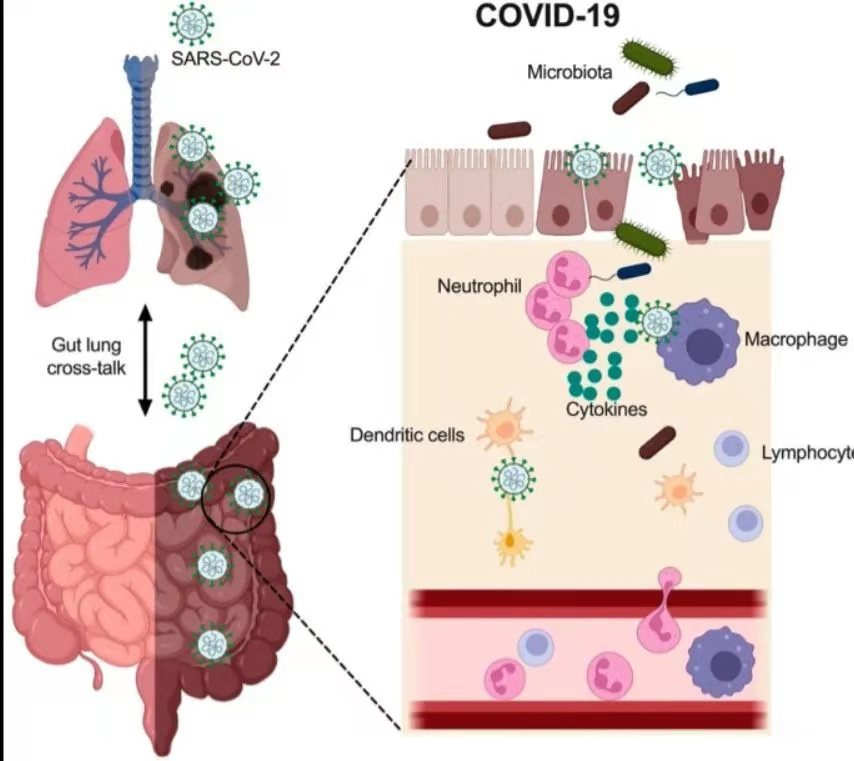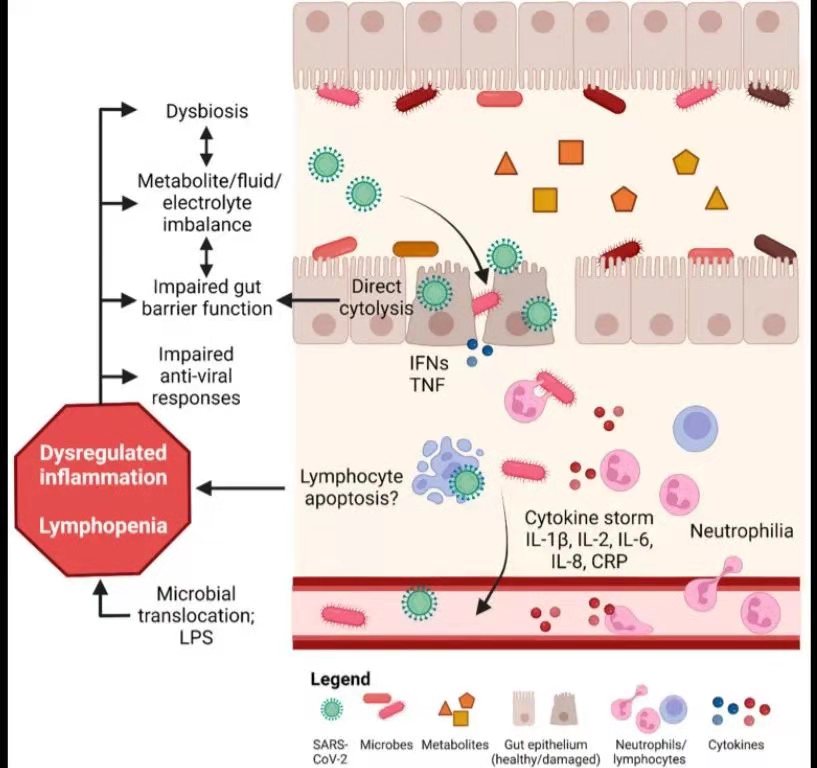

新闻动态
News Center
Why does the novel coronavirus infection have gastrointestinal reactions?
- Categories:Industry information
- Author:
- Origin:
- Time of issue:2023-01-14
- Views:0
(Summary description)The novel coronavirus infection (COVID-19) is now a pandemic that has infected more than 620 million patients worldwide, including 6.56 million deaths. Men are more likely to contract COVID-19 than women. Older people are at high risk of contracting the virus, while cases have also increased among young children. People with the novel coronavirus often experience respiratory changes, but gastrointestinal symptoms are also common.
Why does the novel coronavirus infection have gastrointestinal reactions?
(Summary description)The novel coronavirus infection (COVID-19) is now a pandemic that has infected more than 620 million patients worldwide, including 6.56 million deaths. Men are more likely to contract COVID-19 than women. Older people are at high risk of contracting the virus, while cases have also increased among young children. People with the novel coronavirus often experience respiratory changes, but gastrointestinal symptoms are also common.
- Categories:Industry information
- Author:
- Origin:
- Time of issue:2023-01-14
- Views:0
The novel coronavirus infection (COVID-19) is now a pandemic that has infected more than 620 million patients worldwide, including 6.56 million deaths. Men are more likely to contract COVID-19 than women. Older people are at high risk of contracting the virus, while cases have also increased among young children. People with the novel coronavirus often experience respiratory changes, but gastrointestinal symptoms are also common.

Figure 1: Clinical features of COVID-19 induced intestinal injury
The novel coronavirus (SARS-CoV-2) infects the respiratory system, and the virus also translocates to the gastrointestinal tract. This is the theory of intergut-lung dialogue.
The binding of the novel coronavirus to angiotensin converting enzyme 2 (ACE2) produces an inflammatory response, such as the binding of the novel coronavirus to angiotensin converting enzyme 2 on type II alveolar cells, causing lung damage, such as the white lung. The novel coronavirus binds to angiotensin converting enzyme 2 on epithelial cells of the stomach, duodenum, small intestine and colon, causing gastrointestinal symptoms such as abdominal pain, vomiting, diarrhea and anorexia.
When the novel coronavirus reaches the gut, it leads to recruitment of immune cells in the gut, including neutrophils, macrophages, dendritic cells and lymphocytes. Infection also causes these immune cells to secrete cytokines and microbiome changes in the gastrointestinal tract.

Figure2: Mechanism of intestinal injury induced by novel coronavirus (SARS-CoV-2)
The novel coronavirus directly infects intestinal epithelial cells, leading to impaired intestinal barrier function and microbial translocation. This leads to increased inflammation (for example, through cytokine storms), which leads to a breakdown in gut microbiome, metabolites, electrolytes, and gut barrier function. Infection of host cells with COVID-19 is associated with neutrophilism and lymphocytopenia, which impairs the host's antiviral immune response, resulting in a positive feedback loop that leads to further infection and damage. These procedures show gastrointestinal damage and associated symptoms such as diarrhea. IFN: interferon. IL: Interleukin. CRP: C-reactive protein. LPS: lipopolysaccharide. TNF: tumor necrosis factor.
The gastrointestinal symptoms caused by the novel coronavirus. Just like the gastrointestinal symptoms caused by rotavirus and Norovirus, the main purpose is to prevent dehydration, treat the symptoms, and wait for the disease to recover slowly until the flowers bloom.
Scan the QR code to read on your phone
江苏天晟药业股份有限公司
©2022 JIANGSU TIANSHENG PHARMACEUTICAL CO.,LTD. 苏ICP备14003387号


